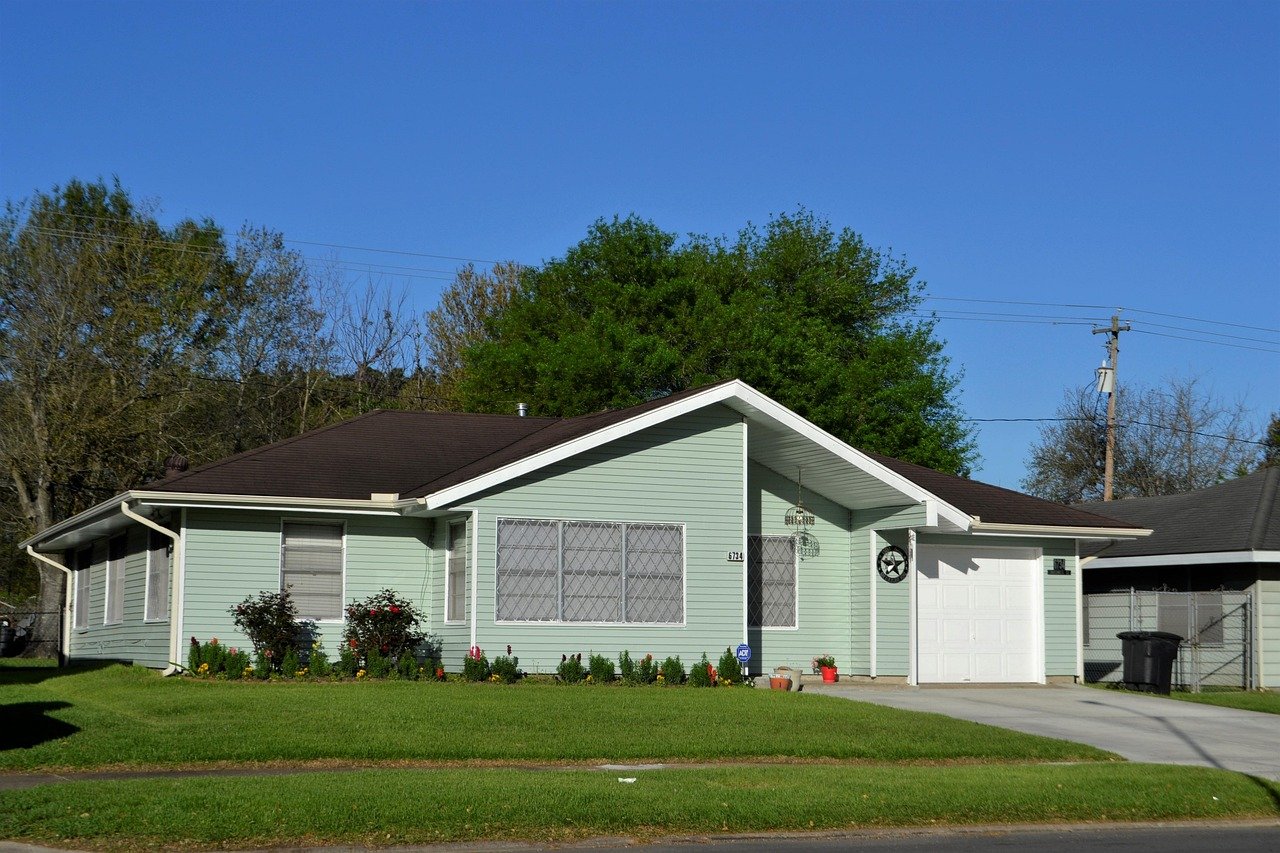Housing Affordability Crisis: New Federal Proposals Explained

Home ownership in Australia is increasingly out of reach for millions. As property prices continue to rise and rental availability tightens, the federal government has unveiled a sweeping set of proposals aimed at tackling the nation’s deepening housing affordability crisis.
The State of the Crisis
In 2025, the median house price in Sydney has surpassed $1.5 million, with Brisbane and Melbourne not far behind. Rents have increased by an average of 22% nationwide in just 12 months. First-home buyers, particularly younger Australians and key workers, are being priced out of the market.
“The dream of owning a home is slipping further away,” says housing economist Dr. Leonie Chapman from the University of Melbourne. “Even dual-income households are struggling with mortgage stress or simply cannot save for a deposit fast enough to keep up.”
What’s Being Proposed?
The Albanese government has tabled a package of new federal housing policies designed to ease pressure across the housing continuum — from renters to first-home buyers to social housing tenants.
The headline measures include:
- National Housing Accord 2.0: A revised agreement with state and territory governments to accelerate planning approvals and zoning reform, aiming to build 1.2 million new homes by 2030.
- Federal Build-to-Rent Tax Incentives: New tax concessions for institutional investors to stimulate long-term rental housing supply.
- Supercharged Shared Equity Scheme: The existing “Help to Buy” scheme will be expanded to support up to 60,000 buyers over four years, with the government taking up to 40% equity in the property.
- Public and Affordable Housing Boost: $10 billion committed through the Housing Australia Future Fund to deliver social and affordable dwellings.
- National Vacancy Tax Framework: The government will work with states to penalize long-term vacant investment properties, particularly foreign-owned assets.
A Closer Look at Shared Equity
One of the most controversial — and potentially transformative — elements is the shared equity model. Under this plan, eligible buyers can purchase a home with as little as a 2% deposit, with the federal government contributing a significant share of the purchase price in exchange for an ownership stake.
Critics argue the scheme could inflate prices further by stimulating demand, but advocates say it could help break the deposit barrier for nurses, teachers, and young families.
“This is not a silver bullet,” says independent MP Zoe Daniel. “But it is a genuine attempt to lower the entry barrier in a market that has become systemically exclusionary.”
The Build-to-Rent Pivot
A major structural reform is the shift toward institutional investment in build-to-rent (BTR) developments. Unlike typical apartment sales, BTR developments remain in the hands of a single developer or fund, offering tenants longer leases, better facilities, and rent stability.
With new federal tax concessions and accelerated depreciation schedules, developers are now encouraged to pivot toward BTR — a model widely used in Europe and North America.
“It’s time Australia caught up with global rental standards,” says economist Saul Eslake. “The mom-and-pop landlord model is no longer sustainable in major urban markets.”
Opposition and State Response
While Labor touts the proposals as “the most ambitious housing plan in a generation,” opposition leader Peter Dutton has called them “cosmetic and market-distorting,” urging a greater focus on interest rate relief and immigration caps.
State premiers, meanwhile, are split. Victoria has embraced the plan, while New South Wales has demanded more federal contributions to infrastructure. Queensland Premier Steven Miles has called for stronger renter protections to be federally legislated.
The Rental Squeeze
One of the biggest stress points is the rental market. Vacancy rates in cities like Hobart and Perth are below 1%, with weekly rents surpassing $700 in some suburbs. Housing advocates have urged the federal government to introduce nationwide rent caps — a proposal so far rejected.
However, Labor has agreed to tie certain housing funds to state-level renter rights reforms, including limits on “no grounds” evictions and minimum energy efficiency standards for rentals.
Can Supply Catch Up?
The elephant in the room remains housing supply. Construction costs remain high due to labour shortages and material inflation, while skilled trades are in short supply. Industry groups say reaching 1.2 million homes by 2030 is ambitious but not impossible — if coordination across jurisdictions improves.
"We have the land, and we have the demand," says Master Builders Australia CEO Denita Wawn. "What we need now is delivery capability and political resolve."
Long-Term Impact
The success of these proposals will hinge not just on budget allocations, but on execution. If managed well, they could redefine housing policy in Australia and restore some hope to a disillusioned generation. If poorly implemented, they risk becoming another chapter in a long history of promises unmet.
“Housing should be a human right, not a speculative asset,” says Dr. Chapman. “This crisis didn’t happen overnight — and it won’t be solved overnight either.”